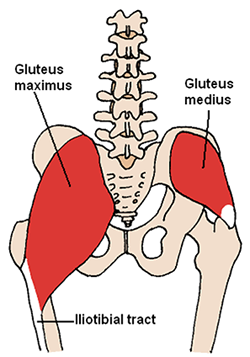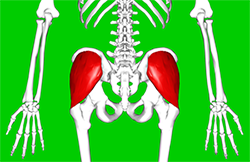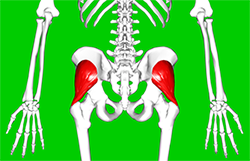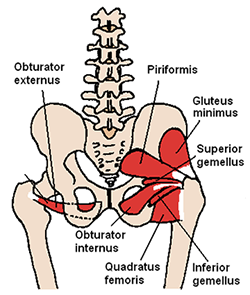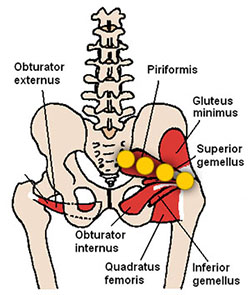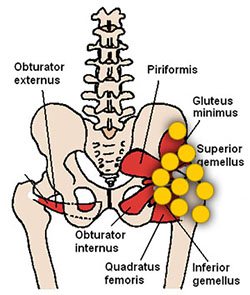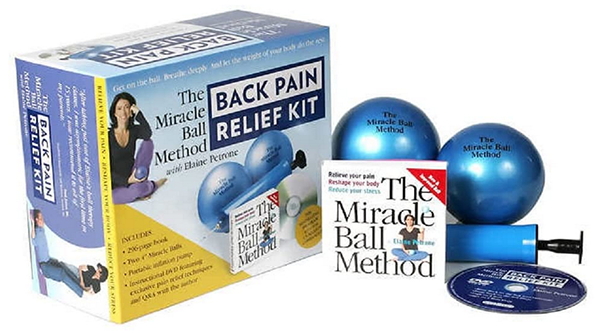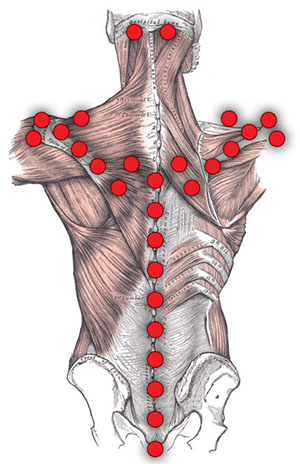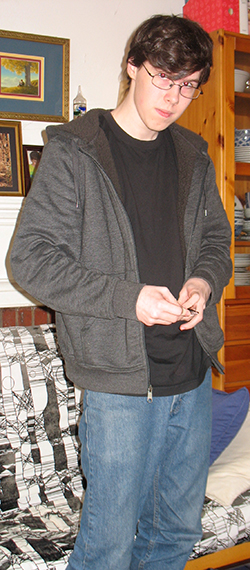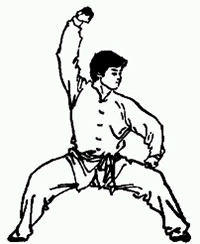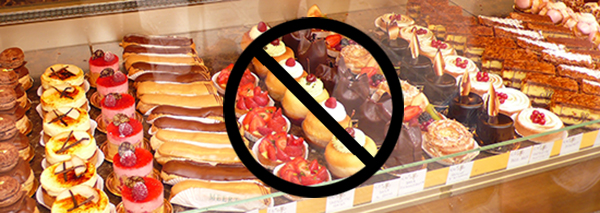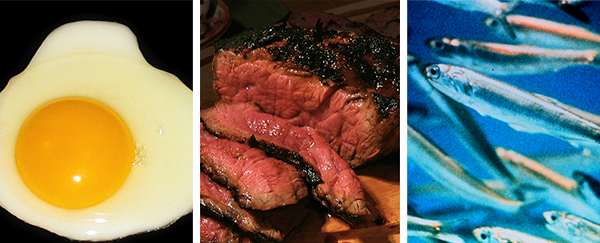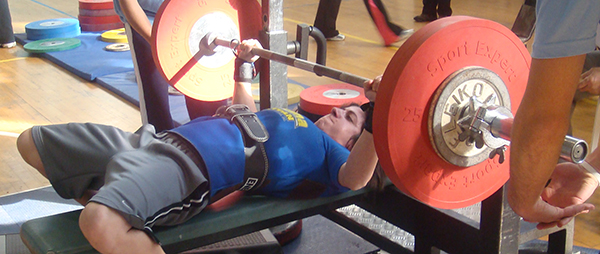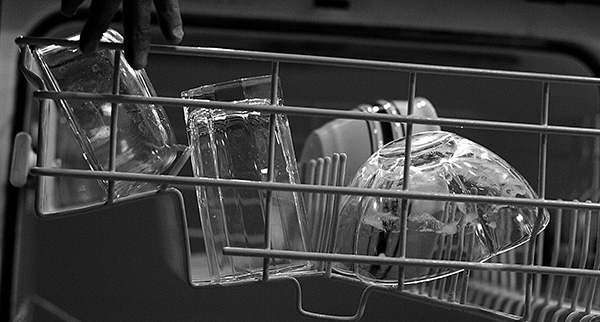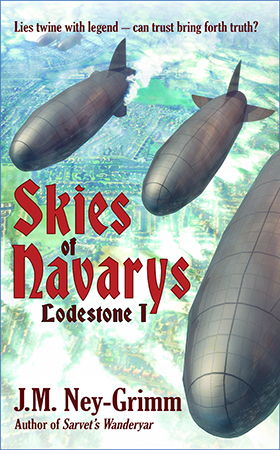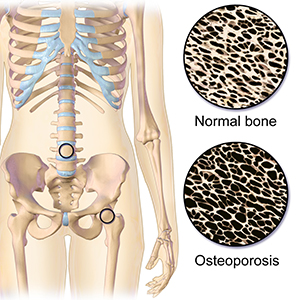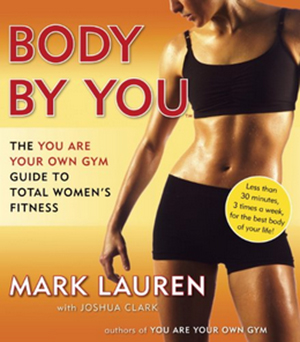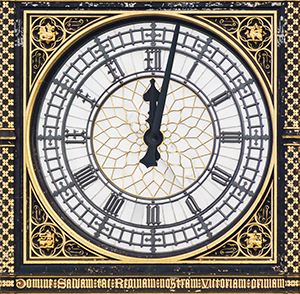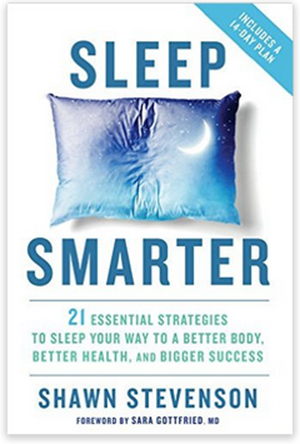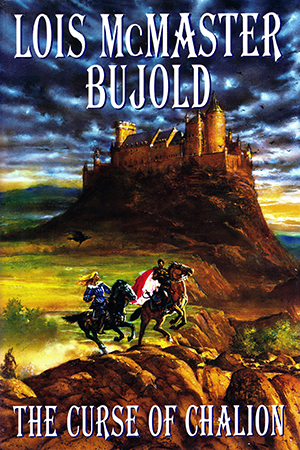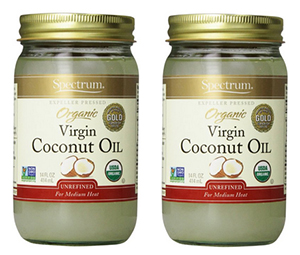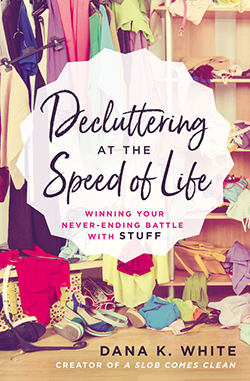 When my husband and I dropped our kids off at college in September, my first reaction was to miss them both dreadfully and feel sad.
When my husband and I dropped our kids off at college in September, my first reaction was to miss them both dreadfully and feel sad.
My second response was to dive into decluttering and cleaning my home.
I’ll admit that I became that intrusive and annoying mom who invaded her kids’ rooms to tidy up. Just for the record, they both thanked me when they returned home at Thanksgiving.
My son settled comfortably into his space, glad to be able to simply throw his clothes into his drawers and wardrobe without having to clean them out first, and to be able to set his laptop on his desk without having to make space first.
My daughter had a similar reaction to her clear closet and tidy dresser drawers, although she was more effusively verbal with her thanks.
So, yeah, they would have had a right to be mad. Except they were not, in fact, mad. They were glad.
But I digress. My real point is that cleaning their rooms is what set me off on my latest decluttering quest. I was amazed at how effective I felt in the aftermath, and I felt empowered to tackle more. I decided that I would keep going until I’d done my entire house.
Am I done now?
Well, no. But I’ve made a lot of progress. The dining room was the space I tackled next, and in the course of my work there I discovered a new book on decluttering by Dana K. White.
I’m so glad I stumbled upon Dana’s book, because I suspect I’d have stalled out without it. With it, I’ve been powering forward: kitchen, living room, bedroom, and the ever-so-dreaded study.
Are these areas perfect? No. But they are ever so much better. And as Dana says, “Better is better.”
You may remember that a few years ago I was excited about Marie Kondo’s method. I still love her method for clothes. It really worked for me, and my wardrobe and dresser drawers have remained tidy and clutter-free ever since I konmaried them.
But her method for books stopped me in my tracks. And every time I tried to detour around my books to the other three categories—paper, miscellaneous, and sentimental—I felt overwhelmed and ground to a halt quickly.
Dana K. White has gotten me past the previous road blocks. Yay! Because her approach has proven so helpful, I want to tell you about it (as well as recommending Decluttering at the Speed of Life).
She starts by introducing some general concepts. Two especially stood out for me. The first is that your house is a hard limit. It has the number of rooms that it has. It has space for a certain amount and no more. If you try to keep more in it than will fit, things will get unmanageable.
The container concept also goes for smaller containers within your home. A closet or a cupboard will contain only so much. Ditto a shelf. Ditto a drawer.
If you want to be able to move freely in your home and to easily access the physical tools of living, you need to also value open space. And you must honor the limits of your containers.
I remember once thinking that I should declutter my storage areas first, so that when I tidied the living areas I would have places to put things I wanted to store. It made logical sense, but it didn’t work. I ran out of steam quickly.
Dana explains why.
If you put in three days decluttering a storage room, you’ve just worked very hard, but you don’t see any immediate benefit in your day-to-day life. In fact, you don’t even see that beautifully clean and organized storage room, because most of your time is spent elsewhere in still-chaotic spaces that sap your energy.
When you start with the most visible areas—the most visible surfaces of the most visible room—seeing the progress energizes you to do more.
Okay, those are two of the handful of concepts Dana introduces right up front: 1) the container principle, and 2) prioritize the visible.
From there, she presents the 5-step process that you will follow again and again in each space you tackle, whether it is a shelf, a surface, a cabinet, a drawer, a corner, or a room.
In the body of her book, she discusses some of the specific challenges posed by the different kinds of spaces. I found those specifics very helpful, but I am not going to try to summarize them here. Instead I’ll describe the process that is the core of Dana’s method.
1—Trash
At the start of a decluttering session, start with the easiest of the easy stuff: trash.
You may think that there isn’t any, but you will be wrong.
In a pile of paper, there will be expired sales offers or scraps. In the pantry, there will be empty or almost-empty bags or boxes of stale food. In the coat closet, there will be mittens missing a mate. In the living room, there will be packaging from the bird feeder you ordered and set up in the yard.
Throw the trash in the trash bin or the recycle bin. The space will feel better immediately, and you will get a little burst of energy from it.
2—Easy
Look for items that belong somewhere else and that have a home. Take them there straight away.
Yes, you can glance around to see if there is something else that belongs in the same place. No, don’t hunt. Just grab anything obvious and go. Yes, you will be getting a lot of exercise this way. But there is a reason to do the putting-away-of-easy-stuff in this less efficient way.
When you get interrupted, you don’t leave a mess behind. The trash has gone directly into the trash/recycle. These easy items have been put away. You leave the space better no matter what.
3—Donate
Next look for items that are obvious donatables.
These are the things that make you think, “Why on earth do I have that?” or “Why in the world did she give me that?” or “Yikes! I don’t want that in my home!”
Put them into a donatable box or bag.
If you fill up the box/bag, take it out to your car straight away and get a fresh container as you continue to declutter.
These first three steps will reduce the mass quite a bit. Sometimes that spot—shelf, surface, corner—will be done. All that remains there will be things that you want to live there. But if some problem items remain…
4—Ask the 2 Decluttering Questions
• If I needed this item, where would I look for it first?
Not: where would I or should I stash it? Not: where would this logically go. No.
Where would you actually look for it?
If you have an answer to this question, take it there straight away. If you have no automatic answer, ask the second decluttering question.
• If I needed this item, would I even remember I had one?
If you wouldn’t remember, if you’d assume you would have to buy or borrow one, put it in the donate box. It’s clutter if you wouldn’t pull it out to use it, and it does you no good at all to hang onto it.
5—Make It Fit
This is where the container principle comes to the fore. The shelf is the size that it is. The drawer is the size that it is. After steps 1 — 4, the items you have left all belong here. Do they fit?
If they do, you’re done with this space.
But if they don’t, you’ll need to decide which ones to keep and which ones to discard.
To help you decide, put like with like.
Put all the sauce pans together. Which ones are your favorites? Donate the one that is always too big for making the stir-fry sauce, but too small making tomato soup. Or, if you use and love all four, look for a frying pan or a stock pot that you never use to discard. Something has to go, because the space you have for pots is the space you have for pots.
And there you have it.
I have found that going after trash breaks my log jam of overwhelm. Once I’m moving, it’s pretty easy to identify things to donate.
I have a little more difficulty with easy things that have a home, because I tend to be good at putting things away. If I encounter something that is not put away, it’s usually because the place it goes is too full.
Dana says that when this happens, identify something in the home-spot that is less worthy of keeping than the item you are trying to put away. This is logical, and clearly works for her.
But I have found that the home-spot usually is a decluttering project all on its own. And I know that abandoning the spot where I’m decluttering to tackle this new spot is a recipe for disaster. Luckily I haven’t encountered this situation too often.
Sometimes I can do the one-in-one-out dance. Otherwise I place the loose item on top of the shelf unit or cabinet where it goes. Obviously, if this happened a lot, I’d be making a bigger mess or else just shifting the mess.
But, so far, I’m generating huge piles of bags containing donations and recycling, and getting them out of the house.
Using Dana’s process has generated an attitude shift in me.
I’m no longer asking myself, “Is this a useful item?”
As she points out, creative people can always come up with a good way to use most things. So anything can look useful to me.
The better consideration for me is: Do I have a specific plan to use this? Or a specific occasion or a specific time?
 So when I encountered a “tapestry” art project in my study, I considered. Was I really going to finish it? Did I still love it or was I over it? When would I finish it?
So when I encountered a “tapestry” art project in my study, I considered. Was I really going to finish it? Did I still love it or was I over it? When would I finish it?
Well, I did still love it. I couldn’t bear the idea of throwing it out. But I didn’t want to let it sit on top of the project shelves gathering dust. So I scrutinized it with an eye to making a definite plan to finishing it.
I was astonished to discover that I needed only to fasten three remaining horizontal stands and attach the bronze piece I intended to place at the top of the fringe. So little! How had I let it sit unfinished for 13 years?!
I put the task on my immediate to-do list, and had it done within the week. Now it is hanging on my wall and I feel happy every time I set eyes upon it.
I used the same mindset when I tackled the box of kids’ art that I’d saved with the intention of framing some of it and hanging it. With each piece, I considered whether I really intended to frame and hang that one. Most of the art went into the recycle bin. But I did save a dozen. And I ordered framing materials for four of them immediately.
Not everyone will have art as the category of things that will acquire greater clarity through action. But I suspect many of us have something.
If it is clothes, make yourself wear the items your usually don’t wear. If it is cooking gear, make some meals using the unused stuff. If it is coffee mugs, drink from them. If it is books, start reading your way through the books you haven’t read in years.
It will soon become clear which items you really do want to keep and which items you really don’t want to keep.
Dana has lots of tips regarding specific spaces in your home. The kitchen has some challenges unique to it. Ditto hobby rooms. Ditto closets. If you want new energy and inspiration to do some decluttering, I highly recommend you get her book, Decluttering at the Speed of Life.
In the meantime, I’ll report in with my own progress in decluttering from time to time. I’d love to hear about yours, if you feel inclined to share. 😀
For more on decluttering, see:
Getting Started with the KonMari Technique


